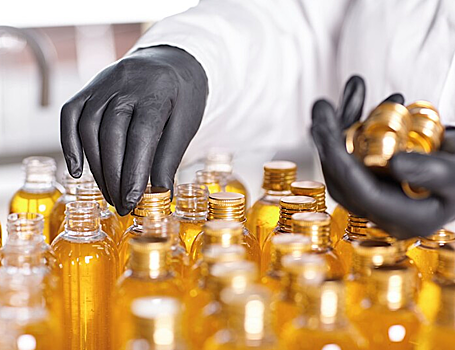Presenting technology for producing amino oxide used as medicine and shampoo
Russian and Chinese researchers have found a new method to synthesize amine oxide, a substance found in household cleaners and cancer drugs. This method does not require expensive catalysts or special chemical oxidizers. The study was published in the journal Chemical Science, East China University of Technology reported. Most people encounter amino oxides every day. These are surfactants widely used in consumer products such as shampoos, conditioners and household cleaners. More than 50 thousand tons of various amine oxides, also known as N-oxides, are produced annually in the world. In recent years, N-oxides have begun to be used in oil production and in the textile industry, where they are actively replacing environmentally harmful chlorine-containing chemicals. An increase in the consumption of amino oxides is also observed in pharmaceuticals. Pyridine N-oxide serves as an important intermediate in the synthesis of many drugs. This list includes both anticancer and antimicrobial drugs, as well as clot-busting drugs. The same type of N-oxide is being tested as a potential component for the next generation of electronics. With such a wide variety of applications, oxide-amine production today is almost monopolized by a small group of North American, German and Japanese companies. owns patents on methods of synthesizing substances of this type. In recent years, due to sanctions, many Russian manufacturers have been forced to buy the N-oxide they need through third countries, including the islands of Singapore and Taiwan. Chinese medicine and cosmetics manufacturers may face similar problems in the future. What is new in the method proposed by Chinese and Russian scientists is the use of a simple installation method to create microscopic water droplets to produce the necessary N-oxide inside them. Thanks to this, chemists avoided the use of expensive substances that speed up chemical reactions – catalysts. In addition, special chemical oxidizers, such as hydrogen peroxide, are not needed. To achieve 80% amine oxide efficiency, you only need to create a steady flow of micrometer-sized water droplets. The authors of the project have turned to patenting the new technology. To do this, it plans to engage other interested parties, including colleagues from CIS and BRICS. India has special concerns. India is now one of the top three exporters of drugs and its chemical industry employs more than two million people. The authors hope in the near future to move on to building a larger-scale chemical reactor capable of synthesizing amine oxides in approximately the same mass. industrial scale.





Leave a Reply